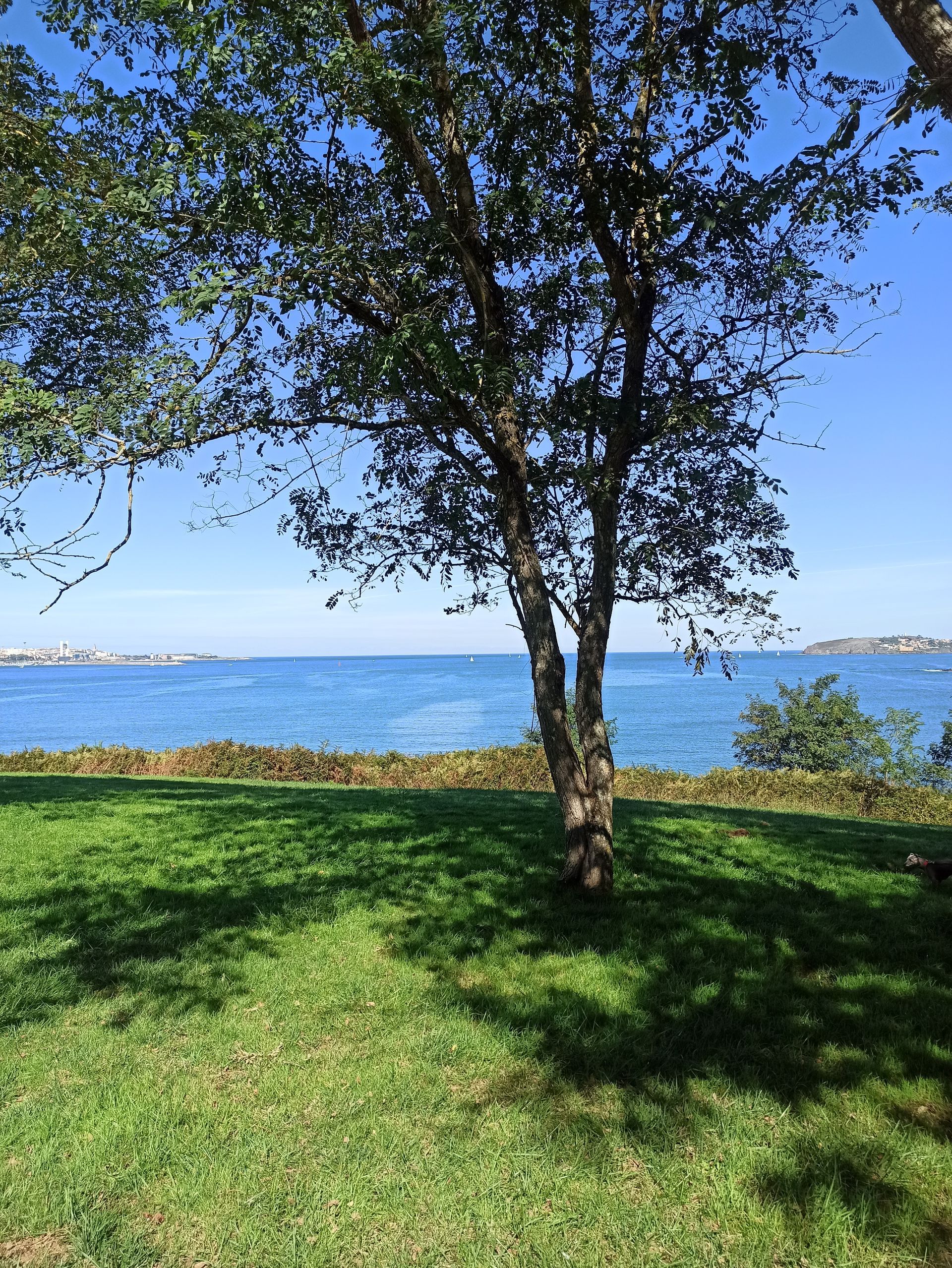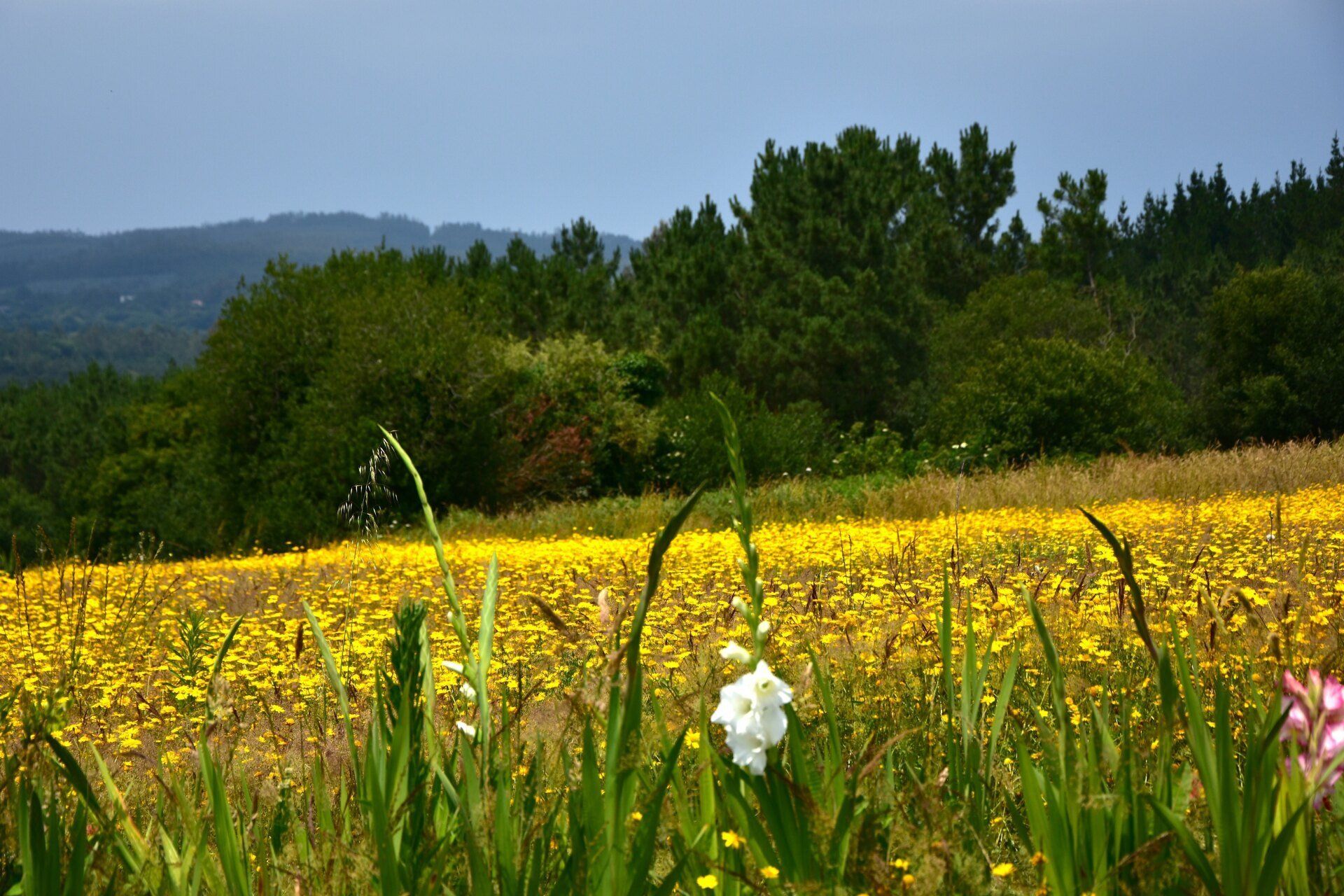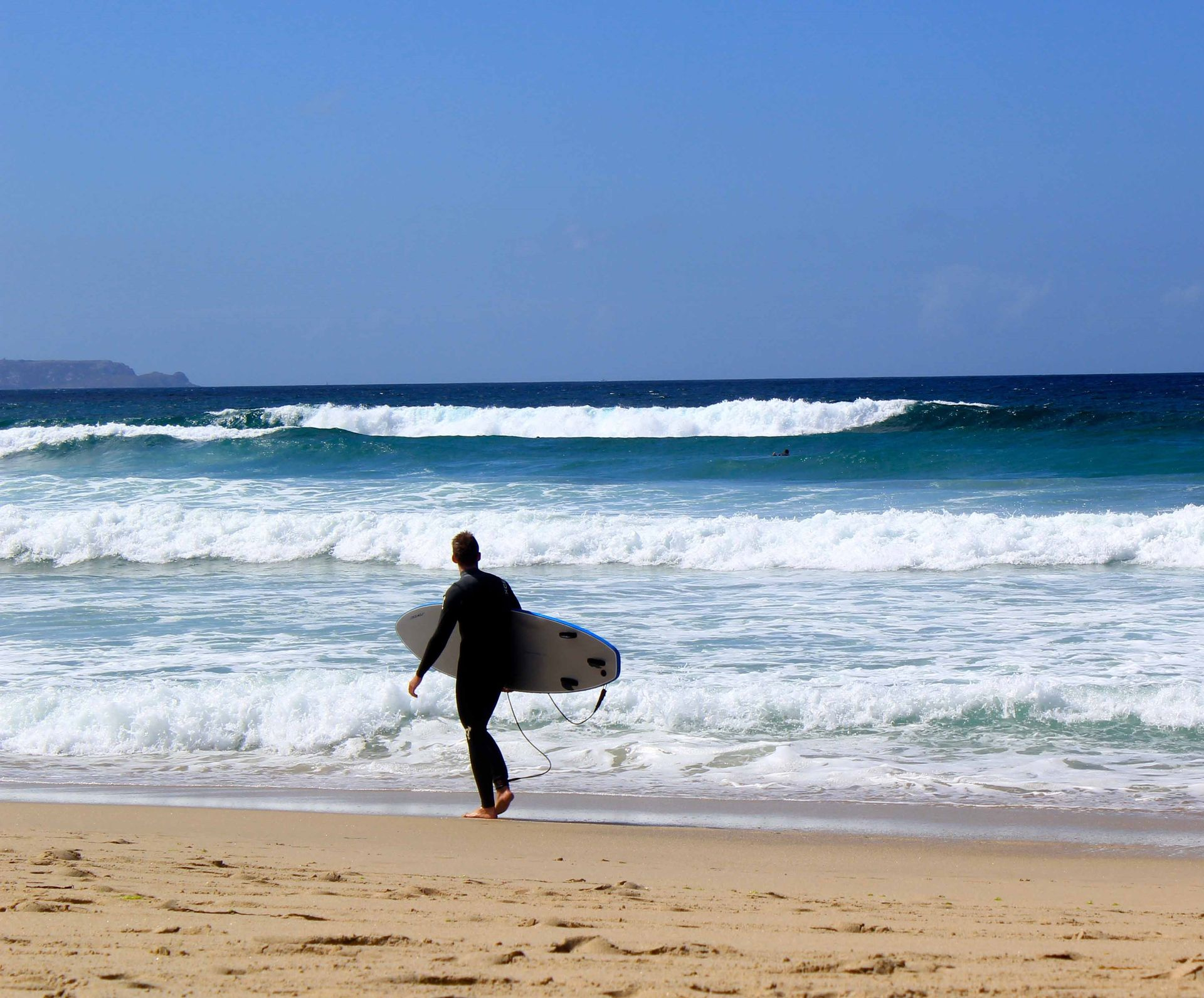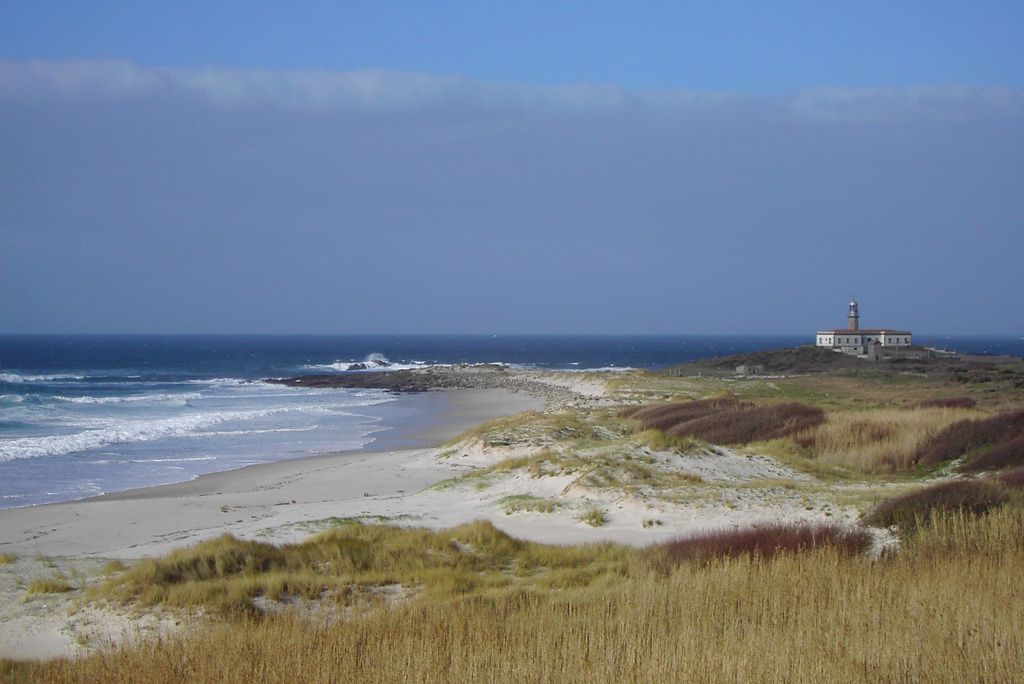Basic Guide to Fall Fertilization: Prepare Your Lawn, Trees, and Perennials for Winter
Fall Fertilization
Fall can be a good time to fertilize your lawn, trees, and perennials. It's crucial to do it properly to prepare them for winter since in the colder months, plants either don't grow or grow very slowly.
Fertilization should take place before the first frost, and the most environmentally friendly approach involves using natural methods and slow-release organic fertilizers (such as humus, compost, manure)
LAWN
The simplest way to fertilize the lawn in autumn is by leaving a mulch with the remains of the last grass clippings. This can provide up to 50% of the nutrients the lawn needs. Any lack of essential nutrients can be compensated with organic fertilizer, aiding its survival through the winter cold.
Conventional lawn fertilizer is not ideal for fall fertilization as it contains too much nitrogen, promoting growth and making it more vulnerable to frost. Instead, opt for an organic fertilizer rich in potassium. Potassium helps the lawn become more resistant to the cold, ensuring survival during low-light months.
TREES
The easiest way to fertilize trees in autumn is by keeping their fallen leaves underneath them. Leaves offer several benefits: they act as mulch, retaining moisture in the soil, which aids the microorganisms breaking down the leaves, making their nutrients available to the trees and creating an ideal habitat.
Avoid piling the leaves around the trunk to prevent bark rot. When mulch isn't enough, organic fertilizer is the best option. It contains less nitrogen and helps improve soil structure. You can apply organic fertilizers like worm castings or horse manure.
Loosen the soil, add some organic fertilizer, and water.
VIVATE PLANTS
In autumn, pile up leaf litter around the plants. If you don't have enough leaves or if they aren't sufficient, use slow-release organic fertilizers. Leaves and organic fertilizers decompose slowly, and in winter, the goal isn't to rush plant growth but to assist them in surviving the coldest days and prepare for spring's arrival.










